Your Cart is Empty
Customer Testimonials
-
"Great customer service. The folks at Novedge were super helpful in navigating a somewhat complicated order including software upgrades and serial numbers in various stages of inactivity. They were friendly and helpful throughout the process.."
Ruben Ruckmark
"Quick & very helpful. We have been using Novedge for years and are very happy with their quick service when we need to make a purchase and excellent support resolving any issues."
Will Woodson
"Scott is the best. He reminds me about subscriptions dates, guides me in the correct direction for updates. He always responds promptly to me. He is literally the reason I continue to work with Novedge and will do so in the future."
Edward Mchugh
"Calvin Lok is “the man”. After my purchase of Sketchup 2021, he called me and provided step-by-step instructions to ease me through difficulties I was having with the setup of my new software."
Mike Borzage
The Edge: Greg Mottola, Bohlin Cywinski Jackson Architecture
February 11, 2014 8 min read
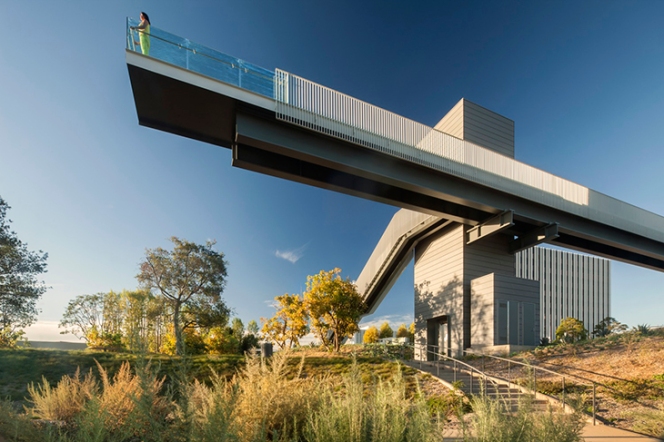
Photo courtesy of Nic Lehoux.
Novedge: Tell us a bit about who you are and what you do
Greg Mottola: I am an architect practicing in a nationally known, multi-office design firm for the past 23 years, the last 10 of which have been here in the San Francisco Bay Area.
I joined Bohlin Cywinski Jackson in 1990 as a student at Carnegie Mellon in Pittsburgh. At the time, I was fortunate to have a job within the profession when many of my classmates struggled to find work during a pretty bad recession. After graduating, I was hired full time and worked with Jon Jackson and Peter Bohlin on a number of notable projects that include the Center for Building Performance at Carnegie Mellon, the Heinz History Centerå, and the Ocean Sciences Building at the University of Washington. After eight years working in Pittsburgh, I moved to work with Bernie Cywinski and Peter Bohlin in our firm’s Philadelphia office. There, Peter and I designed an admissions building for Trinity College in Hartford, Connecticut.
In 2003, I relocated to our California office, assuming a leadership role and joining fellow partner Karl Backus to oversee our growing west coast practice that had about 20 staff members at the time. Currently, our San Francisco office has a staff of 55 architects and designers working on a wide range of projects all over the world.
As a principal, I wear many hats every day: I draw and sketch, lead the design for more than a dozen projects, meet with clients, project teams, consultants, and contractors, work to develop and maintain our relationships with existing and new clients, as well as manage the office along with my two partners, Karl Backus and Steve Chaitow. My role as a leader is one of problem-solver, designer, spokesperson, cheerleader, provocateur, and confidant.

Photo courtesy of Chad Ziemendorf.
Novedge: Can you talk about your interest in Modernism and its interplay with place and environment?
Greg Mottola: I have always been attracted to modern buildings that relate strongly to their site and context, and have an emotional power. We need to be aware of the great richness and power of the world around us: the nature of places, people, and how they inhabit those places. For me, this is often a great source of inspiration for a design.
Great buildings should be able to capture those qualities, producing a humane and spirited architecture, one that is of its time. Architecture should reveal and celebrate the way it is made, and the kinds of materials it uses. Modern buildings should delight the senses, use resources wisely, and be emotionally potent and satisfying. I think the interplay between place and the built environment is a great source of richness, one that exceptional architecture should spring from.
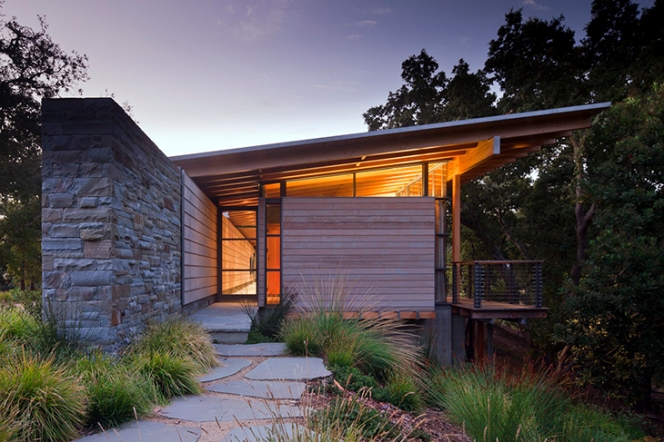
Photo courtesy of Nic Lehoux.
Novedge: Architecture is often thought of as a solo profession, when in fact, it's teamwork. How do you work with your team?
Greg Mottola: We have an incredibly talented group of people in our practice. Architecture, particularly in our practice, is a team sport. Our projects are increasingly complex and we rely on remarkable teams to help secure work, design projects, and get them constructed.
Rather than become specialists, we continue to think broadly about what we do, expanding our definition of our profession. We have recently increased our focus on the interiors of the buildings we design. This has led us to develop expertise in interior design and furniture as a complement to our architectural work.
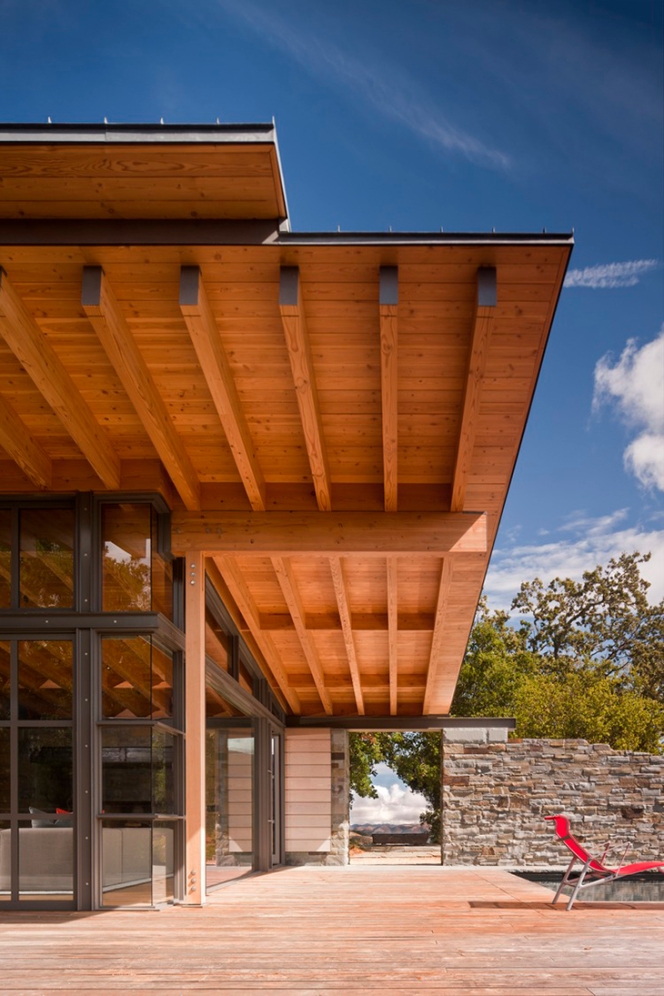
Photo courtesy of Nic Lehoux.
We organize our design teams to serve a project from beginning to end. Unlike some larger practices that have a dedicated design studio, implementation team, and construction administration team, we prefer to keep our teams engaged in a project throughout its life. We find this approach ensures the design intent doesn’t get lost in the process: the essence of the design is understood by all and carried through to the smallest detail.
We recruit architects and designers who share our beliefs about architecture, our interest in making, curiosity about how we build and how materials go together, and who are meticulous about architectural and technical detailing. Our people are passionate about what we do.
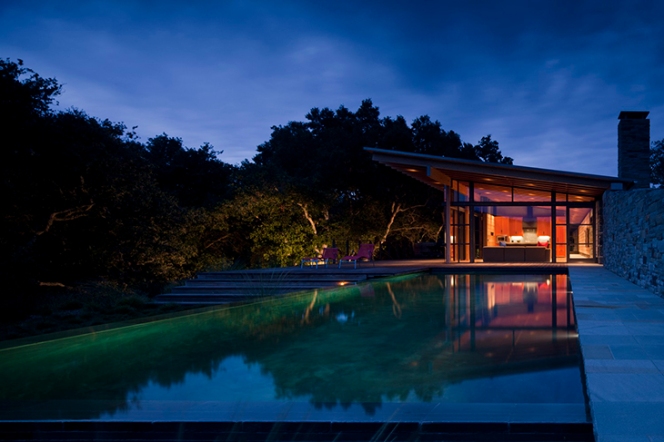
Photo courtesy of Nic Lehoux.
Novedge: What is a recent project that you worked on?
Greg Mottola: One of the things I love about our practice is the range of work and the great clients we are able to work with. I personally find great enjoyment in working on a range of project types and at a variety scales, from large civic buildings for the public, to custom residences, small residential remodels, retail spaces, creative workplaces, and university buildings. A few notable projects that were finished this past year:
Newport Beach Civic Center
We completed the Newport Beach Civic Center and Park this past spring. This very large project had a long trajectory, beginning in 2008 after we were awarded the project through a design competition. We collaborated with Peter Walker and Partners on the landscape design, and ARUP engineers for MEP and structural engineering. In addition to designing the master plan and buildings, we also designed the interiors and furnishings.

Photo courtesy of Nic Lehoux.
Using the central organizing principles of governmental transparency, democracy, clarity, and sustainability, the Civic Center for Newport Beach eschews the formal grandiloquent civic building typology in favor of a light, flexible form, capped with a series of rhythmic roofs shaped by the sun, shading from the south and admitting north light into the building. This roof abstractly evokes the City’s ocean-side location and an iconic sculptural building that contains the council chamber marks the rhythmic composition. The city hall, a striking new entry and addition to an existing library, and a new garage bind a new public outdoor space, the city’s ‘Civic Green’. This new civic core opens onto a new 17-acre park and, among other things, includes a bridge spanning a major arterial boulevard and creates a memorable cantilevered observation deck that overlooks the Pacific Ocean.
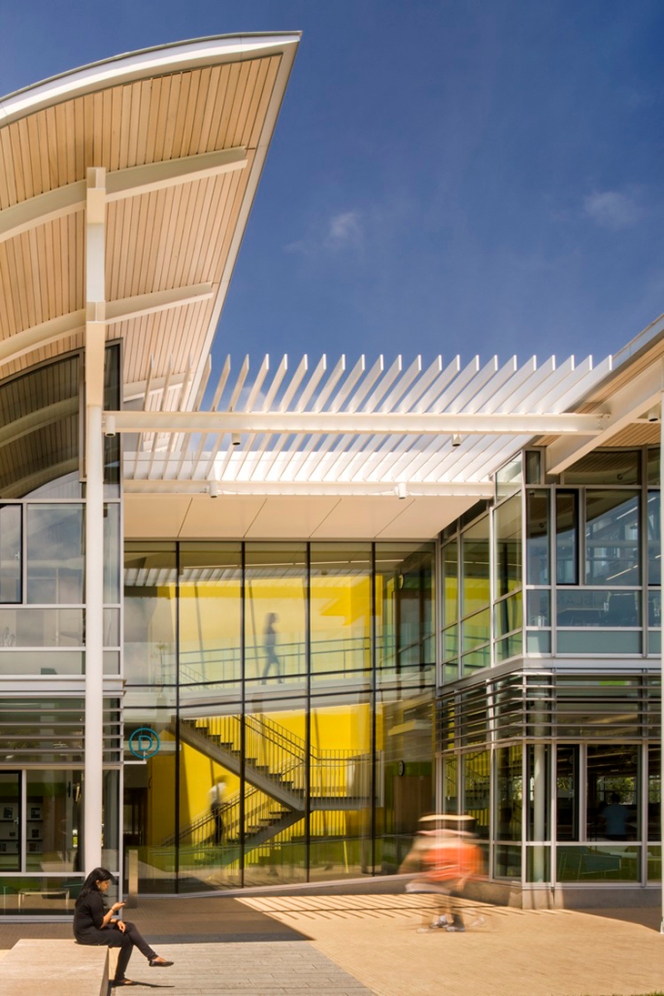
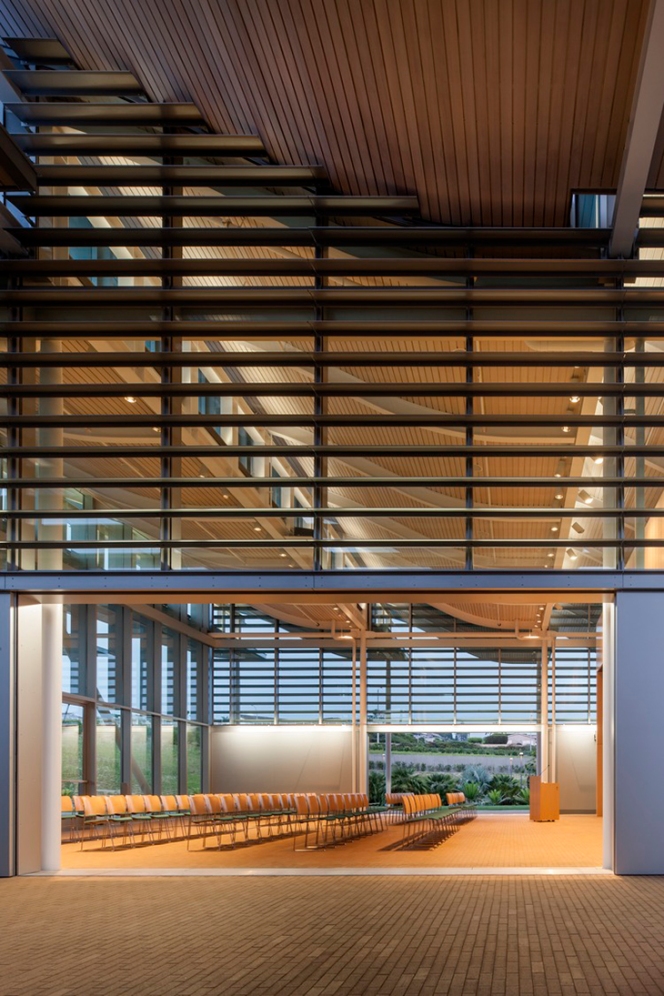
Photos by Nic Lehoux.
Square Headquarters
More recently, we completed the first phase of a new San Francisco headquarters for mobile payment company, Square, Inc. They are a rapidly growing company and needed a much larger space to accommodate their projected growth over the next several years. The project was really interesting in that the company wanted to retain their nimble, start-up culture of innovation and collaboration while relocating to a (somewhat unremarkable) building in San Francisco—a largely windowless, former Bank of America data center.

Photo courtesy of Matthew Millman.
This former data center did have very large floor plates, however. They needed to be designed in a way that Square staff could work and collaborate as they did when they were a small startup. Their simple, potent company core value—“make commerce easy”—inspired our thinking about the project’s design. The scheme uses an urban metaphor to organize space. The main office floor measures the length of a city block and 100,000 square feet in area. By taking cues from urban planning, the design creates clear circulation routes with visual landmarks that break down the scale of this expansive space. Furthermore, bringing elements of the city into the office creates connections with Square’s culture and brand, as their products and services foster transactions and commerce in the urban marketplace.
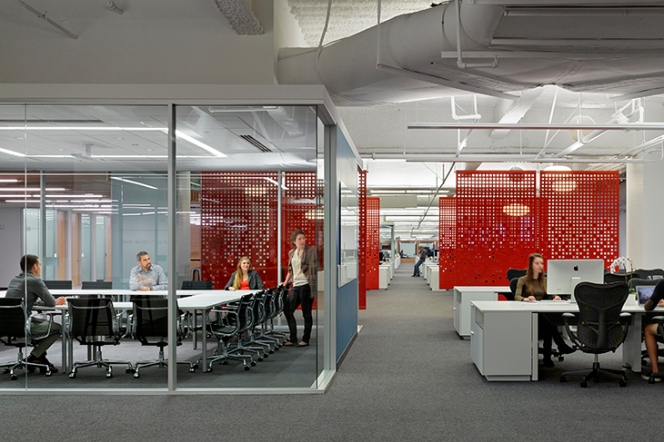
Photo courtesy of Matthew Millman.
Residential Work
In addition to these larger projects, I also have the opportunity to work on a range of single-family custom residential projects (something our firm is known for). These range from more modest projects (a remodel of a kitchen in Berkeley for example) to large family compounds in remote areas. With these we are often able to use unconventional materials and detailing, as well as design custom hardware and furniture. These projects present their own unique challenges, but are also tremendously rewarding.
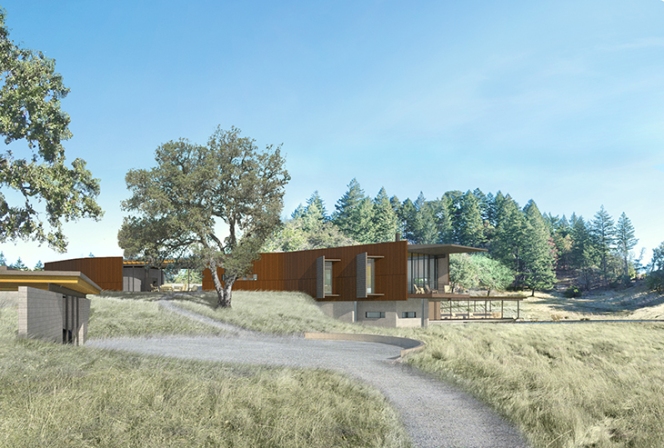
Image credits Bohlin Cywinski Jackson.
We are also very interested in exploring more efficient ways of building. A recent example of this was a design competition we did for a prototype affordable single-family house for a site in the Aleutian Islands. This was designed to meet the standards of the Living Building Challenge, which is quite a challenge in such a remote location. Our design considered modular, flat-pack components that could be fabricated offsite, shipped there, and installed with simple tools.
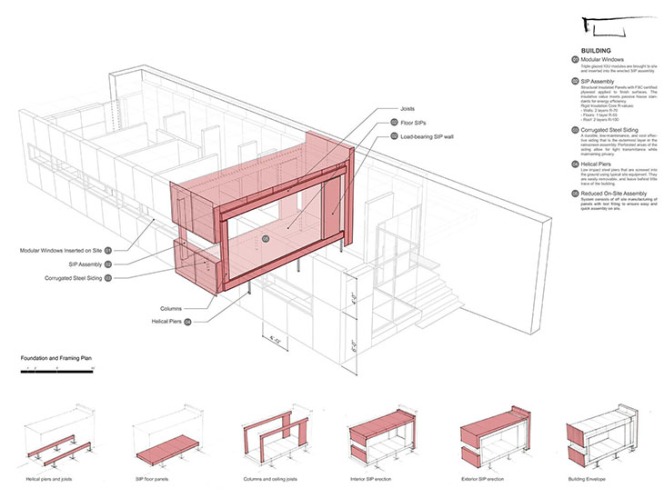
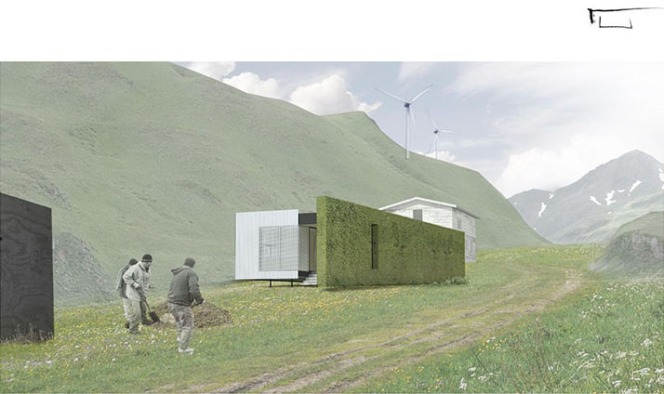
Images by Bohlin Cywinski Jackson.
Novedge: What software do you use?
Greg Mottola: We use a variety of software tools to develop our work and communicate design to our clients. That said, I personally most often use a pencil—specifically, Itoya pencils from Japan, they are perfect. We have a culture of sketching and building physical models early in the process. However, we use a range of digital tools, as well. We typically use Revit for most of our projects, but AutoCAD as well. For early design-phase visualization, we use SketchUp and often pair that with Maxwell rendering plugins to get some pretty good results in-house. Some people in our office prefer to use Rhino. When we can, we encourage our staff to utilize software tools that enable them to do their very best work.
More broadly, we are seeing great benefit of using software like Revit to allow us to visualize design in three-dimensions, and to take advantage of its parametric capability to increase our productivity when making revisions in the later phases of the projects.

Photo courtesy of Matthew Millman.
Novedge: How do you collaborate with clients during the design process?
Greg Mottola: I like to engage our clients in an iterative, collaborative process where our team can get a deep understanding of our client’s needs and the nature of the circumstances inherent to the project. We don’t come to a new project with formal or stylistic preconceptions. We find design inspiration emerging from a careful study of the specific circumstances surrounding a project: its site (climate and context), the people, the nature of what they do, how the building relates to a larger context, materials, and the way we build.
We often work with clients in remote locations and use a variety of technologies to collaborate and share design material with them when meeting in person is not possible. We use services such as WebEx and GoToMeeting for long distance communication. With many clients we are using cloud-based collaboration tools (e.g. Dropbox, Google Docs) for sharing documents and design feedback.
Clients are becoming increasingly sophisticated and want to see our designs in 3D where a soft sketch might have sufficed in the past. We have enjoyed this trend and see their expectations push us to explore new ways of thinking about and visualizing design.
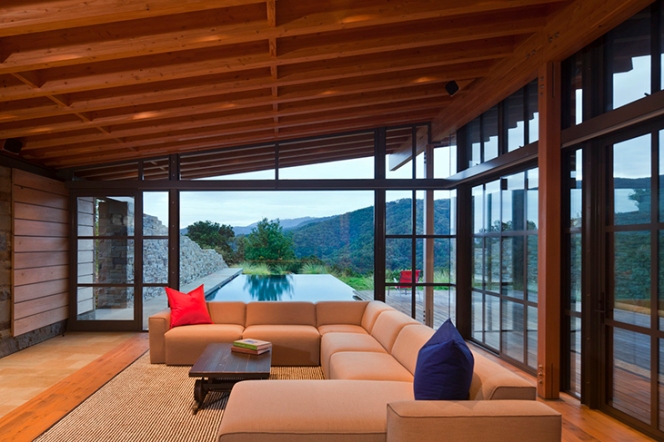
Photo courtesy of Nic Lehoux.
Novedge: Do you have any advice for people who are looking to hire an architect for the first time?
Greg Mottola: Find someone with whom you can collaborate and engage, someone you feel you can trust. Seek a good listener, but one who can also ask provocative questions of you. Allow your architect to develop ideas: let him or her challenge your preconceptions. Most of all, realize that working with an architect on a project is often a lengthy process involving the design of something very personal. Design should be fun, so also make sure the person you decide to work with is enjoyable and a good communicator. A sense of humor helps too.
Head over the website of award winning architectural firm Bohlin Cywinski Jackson to see more of Greg's work. And connect on Facebook and Twitter as well.
For all Novedge's latest news and updates, add us to your circles in Google+.
Also in NOVEDGE Blog

Enhance Your Designs with VisualARQ 3: Effortless Geometry Extensions for Walls and Columns
April 30, 2025 8 min read
Read More
MecSoft Unveils RhinoCAM 2025 and VisualCAD/CAM 2025 with Enhanced Features
March 08, 2025 5 min read
Read MoreSubscribe
Sign up to get the latest on sales, new releases and more …



